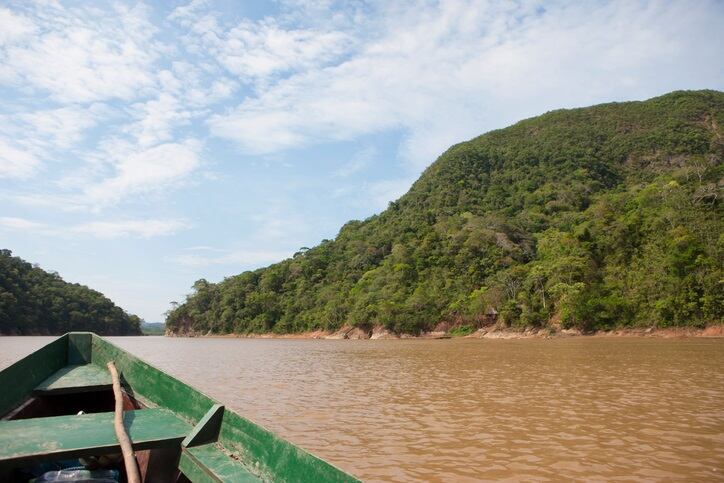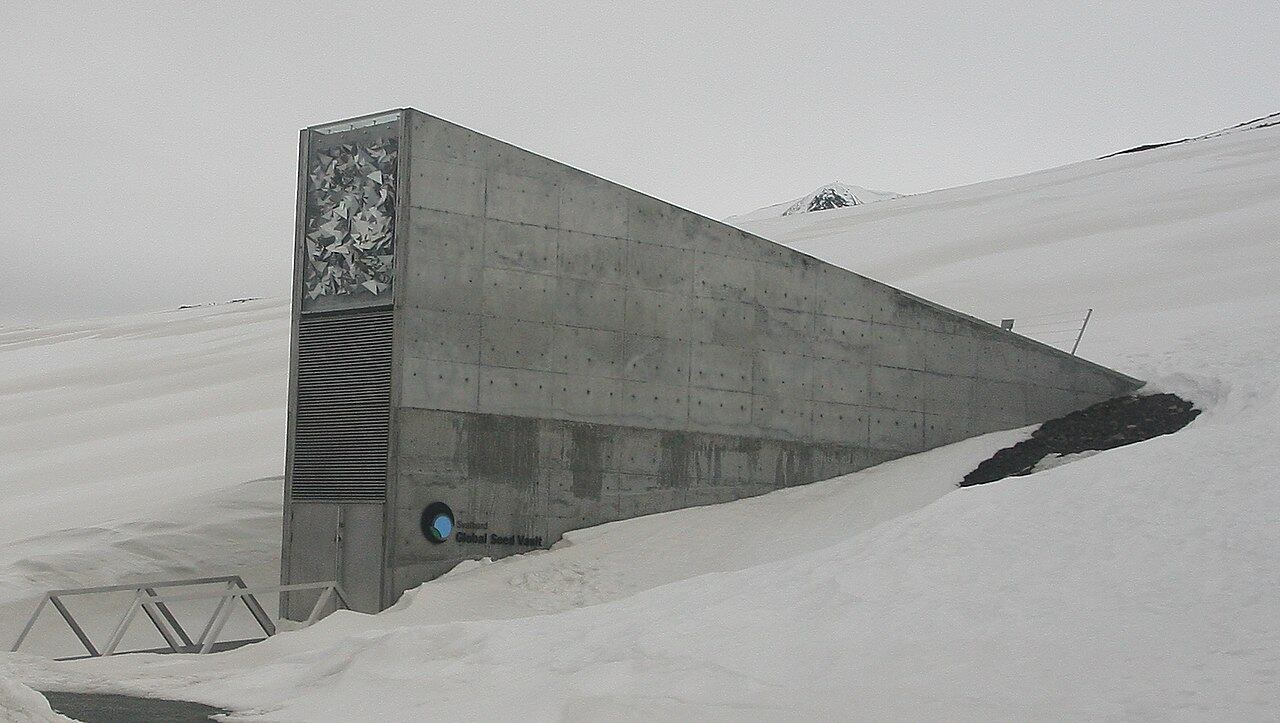Speaking at Chocoa 2018 in Amsterdam, Tony Lass, director of Fox Consultancy, and head of Cadbury’s global cocoa supplies from 1967 to 2004, said cocoa's genetic diversity - key for creating disease and climate resistant crops with strong chocolate flavor - was at risk of disappearing.
These cocoa varieties grow in the wild in Latin America and are not used for chocolate, but they could help create future disease-resilient hybrids for commercial cocoa.
Cocoa diversity in the Amazon
"Much, but not all, of the world's natural diversity of cocoa species originates in the forests and headwaters of the Amazon River in Colombia, Ecuador and Peru.
"In that area potentially valuable wild cocoa material is being lost forever due to intense development pressures," said Lass.
The industry veteran said roads, mining, hydroelectric operations and agricultural expansion were putting pressure on the wild cocoa trees.
94% of cocoa diversity untapped
Over the last 80 years some wild cocoa varieties have been saved through national and international collecting expeditions for example by the Cocoa Research Center (CRC) in Trinidad & Tobago.
But CRC estimates only 6% of the genetic diversity of cocoa has been used in breeding programs so far.
"The other 94% is sitting there waiting to be used," said Lass.
"Unfortunately many of these cocoa types are of unknown future value. We really don't know much about them,” he said.

Why is diversity important?
But Lass said preserving diversity, even for these unknown quantities, was crucial for cocoa breeding programs to create sustainable hybrids resistant to pests, disease and climate change.
"Crop diversity is essential to life," he said. "Genetic diversity within a crop offers the ability for plant breeders to produce new varieties by combining different traits in new combinations."
He said such breeding could help bring out flavor characteristics suitable for chocolate and produce higher yielding plants.
"But every individual [variety] lost, loses us more options for the future," said the ex-Cadbury sourcing manger.
"I believe we owe it to future generations of cocoa farmers and chocolate lovers to protect this diversity."
Funding black hole
He said germplasm collections, including those for cocoa, are under threat from lack of funding.
Non-profit The Crop Trust has created a Global Seed Vault within a mountain on a remote island in the Svalbard archipelago to conserve diversity of food crops.
The vault between mainland Norway and the North Pole, protects 890,886 seed samples for many food crops in -18°C conditions, but is not suited for cocoa.

"Unfortunately cocoa can only be conserved in living collections as a plant growing in the field...long term funding is not assured at an adequate level so cocoa diversity is being lost forever,” said Lass.
Financial support
The Cocoa Research Association (CRA) is working with Bioversity and the World Cocoa Foundation to gather financial support from industry members and international donors to conserve wild cocoa.
CRA is a UK-based non-profit organization created by a Cadbury family member in 1996.
Tony Lass is chairman of the association, which is supported by contributions from Mondelēz, Mars Wrigley Confectionery and ICE Cocoa Futures.
Reshuffling a small sample
According to Lass, cocoa production in Africa is based on 12 to 15 cocoa varieties mainly collected in the Amazon region by scientists in 1938.
"These [varieties] have been used over the past 70 to 80 years and we've been reshuffling this very small sample of genetic diversity of cocoa with little introduction on new variations."
"The risk is the on farm genetic diversity currently in Africa and Asia may not meet challenges of mounting pressures from existing and new pests & diseases, from changing climates and additional requirements for new cocoa flavors,” he said.
Lass added its likely there are only 12 Criollo clones care conserved in the international collection.
Barry Callebaut describes Criollo cocoa as a rare and prized ingredient “for the very finest of chocolates”. Only 5% of world cocoa production is Criollo, while Forestero is the most common, making up 80% of world production.
"Many of the international chocolate makers desire Criollo, believe it’s important and want more of it, but we are losing this genetic diversity,” said Lass.
